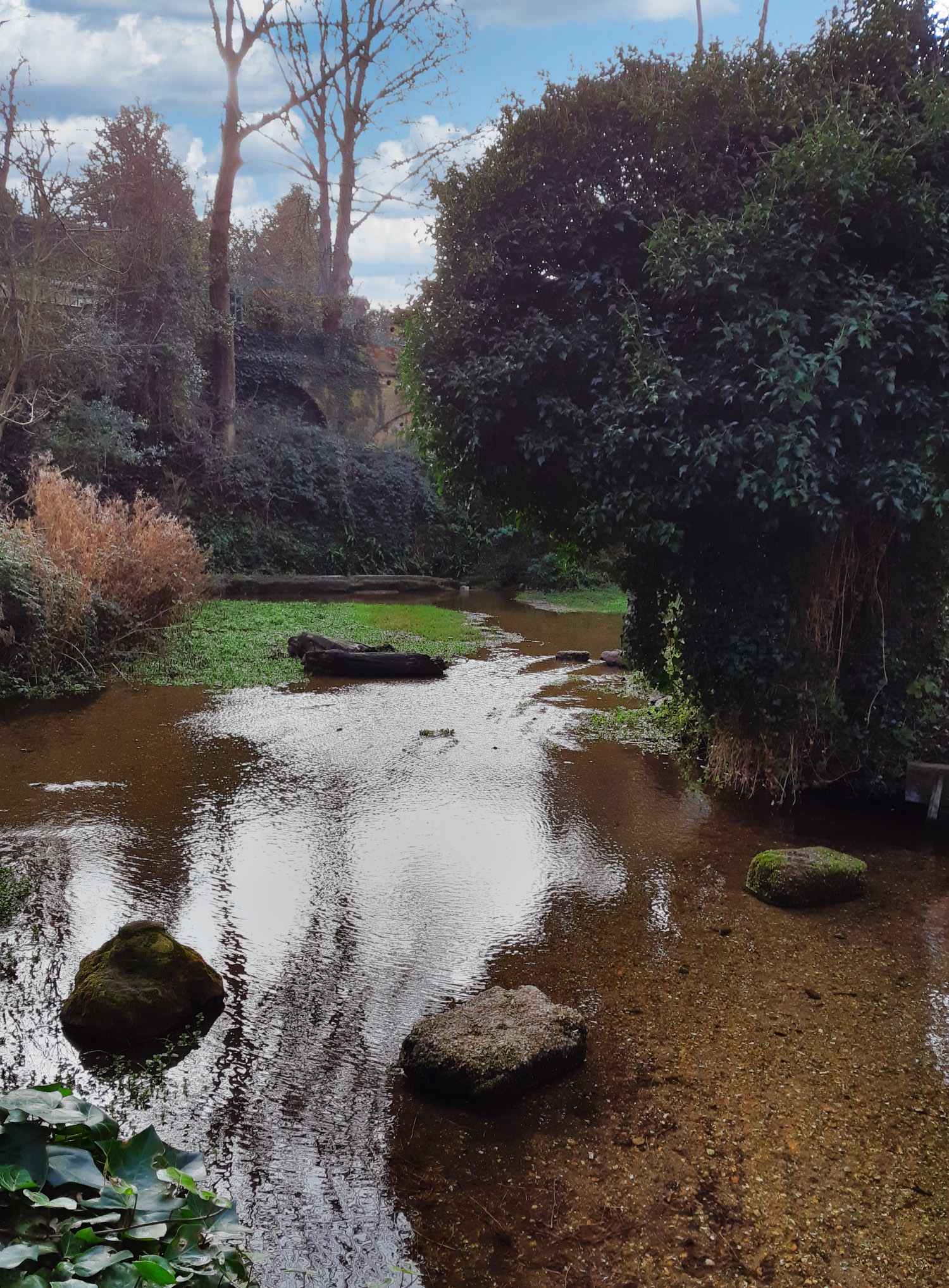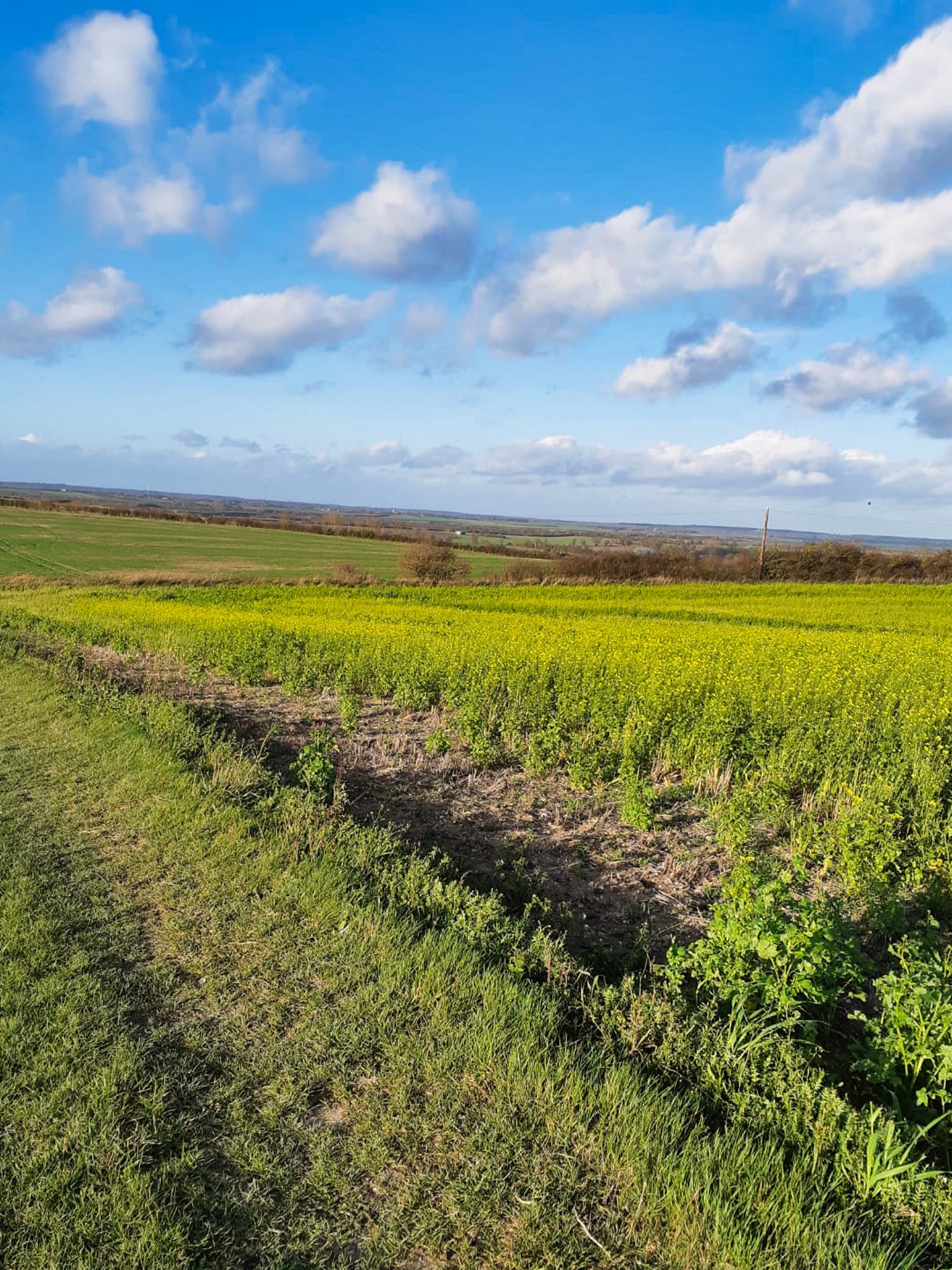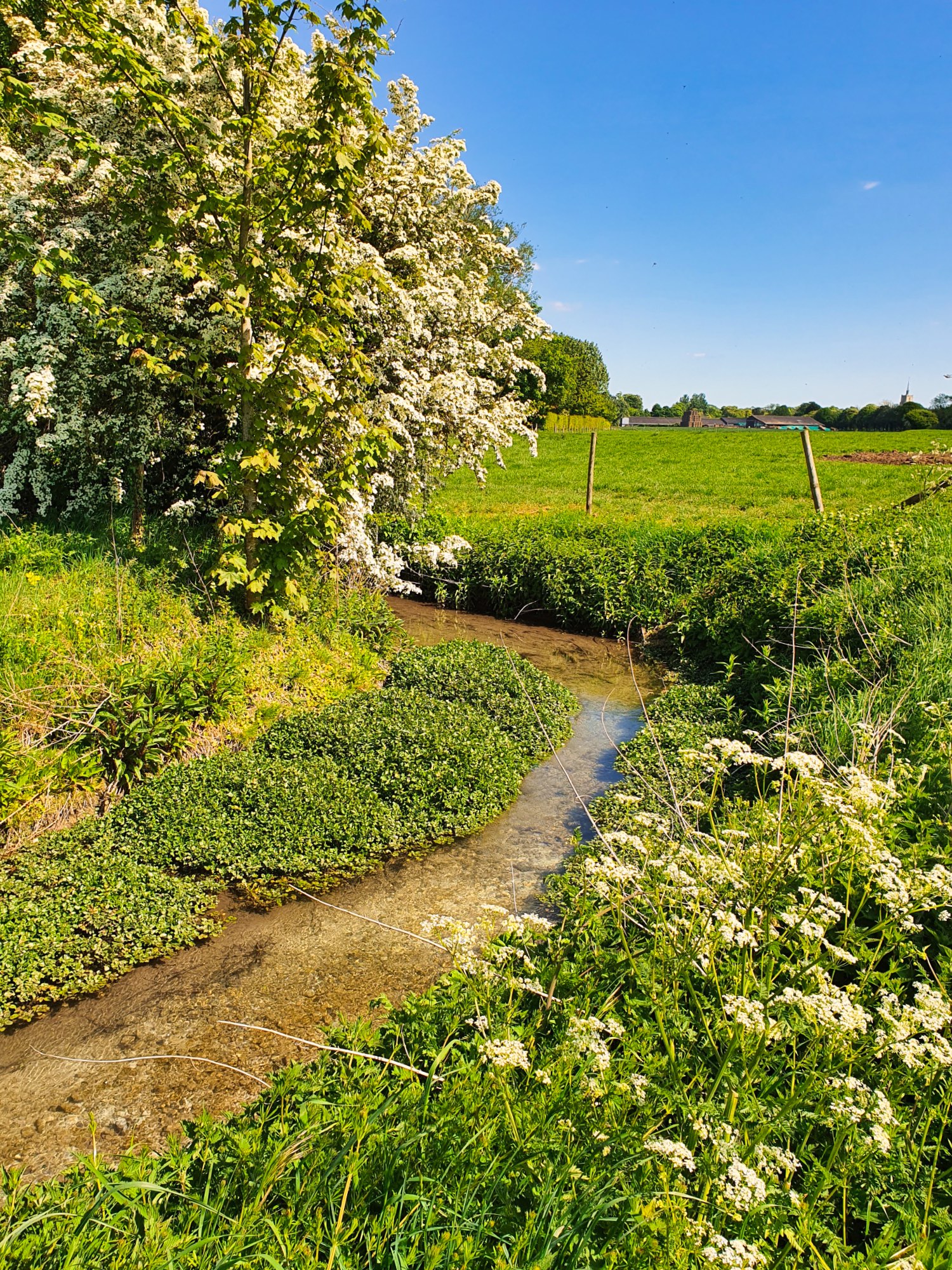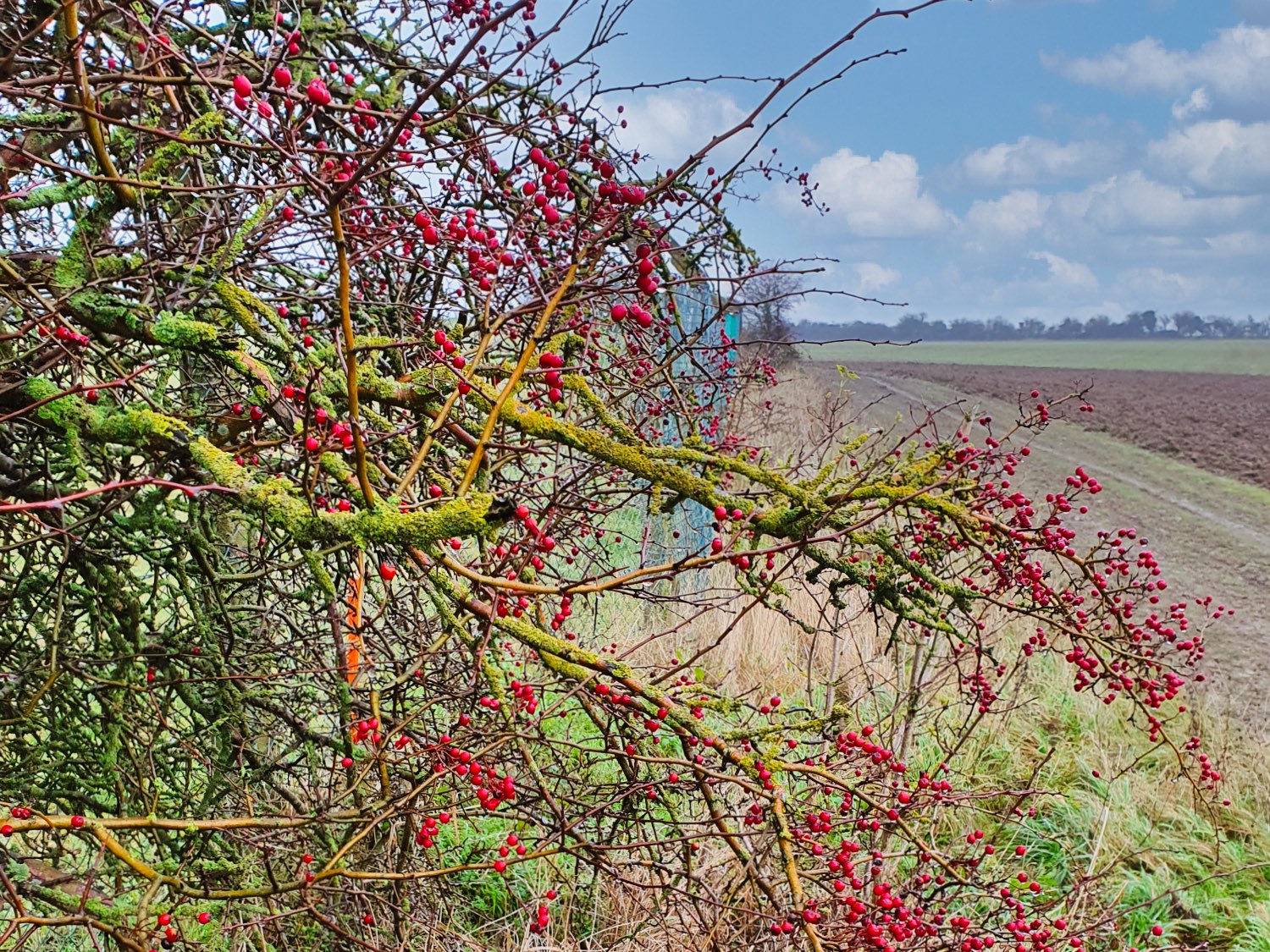
Greening Ashwell
Ashwell Village
History

By Roman times Ashwell Street was an important route with many archaeological features like Arbury Bank. The parish was a prosperous agricultural landscape with villas and a religious centre to the goddess Senuna. In around 917 Edward the Elder planned the village we see today, with a market place around Carters Pond, now long gone. By 1086 Ashwell was a major settlement and borough but by the 13th century it was in decline as competition from Baldock and other towns increased.
However, it was still able to build St. Marys with the largest tower in Hertfordshire and many of the other Medieval buildings, including that used now used for Ashwell Museum. From the 16th to 19th century, it was a farming community with many inns as the locally grown barley and the water from the springs made excellent beer. Enclosure came late but in 1863 the four open fields were created from common land, including a model farm. Rural industries such as straw plaits for hats and herbs growing with its Philosophers Gate, as well as commercial breweries (Fordham’s) and coprolite mining were sometimes brief industries. The village centre had a wide range of shops and taverns, still thriving, if fewer today.
The famous Springs, the Medieval graffiti in the church, the Great Storm and the Great Fire (which destroyed much of Back Street) are all part of the history of Ashwell. Most residents now don’t work in agriculture but farming continues to define the landscape of the parish.
Landscape
The village sits on Middle Chalk, dominated by St. Marys spire, as a green oasis in an intensively farmed landscape. These very large fields were never enclosed so the wide views across this rural landscape with huge skies are a characteristic of the Ashwell area. Consequently, field hedges and wooded copses are sparse along with fewer wildflower verges and field margins than more enclosed landscapes and it has limited public footpaths.
At the base of the chalk is a spring line where numerous water courses emerge, including The Springs, a major feature of the village and a popular recreational attraction. This is the source of the River Rhee which becomes the Cam as it heads towards the university city. An important green space and SSSI, it was used by the brewers with the watermill, which is now residential though still in working order.




The village sits on Middle Chalk, dominated by St. Marys spire, as a green oasis in an intensively farmed landscape. These very large fields were never enclosed so the wide views across this rural landscape with huge skies are a characteristic of the Ashwell area. Consequently, field hedges and wooded copses are sparse along with fewer wildflower verges and field margins than more enclosed landscapes and it has limited public footpaths.
At the base of the chalk is a spring line where numerous water courses emerge, including The Springs, a major feature of the village and a popular recreational attraction. This is the source of the River Rhee which becomes the Cam as it heads towards the university city. An important green space and SSSI, it was used by the brewers with the watermill, which is now residential though still in working order.
Ecology

The water from The Springs aquifer flows at a constant 10 degrees centigrade and this cold-water habitat has rare and unusual species like flat worms and bullhead fish. Just outside the village is the Quarry Nature Reserve formerly used for clunch, a soft building stone (used in the Roman shrine and St. Mary`s) and now noted for its Chalk flora and other species like Chalk Blue butterfly and Spurge Laurell. Ashwell Street is an important ecological corridor. The wide skies are the home of birds of prey like red kites, buzzards, as well as soaring sky larks and, in the open fields, partridge and hares, and (very occasionally) small groups of fallow deer have been spotted. More common are muntjac deer, often seen in the cover of woodlands, copses, gardens, and allotments. Badgers and foxes are also a feature of the local ecology. Despite its proximity to surrounding urban expansion, Ashwell appears as a contained community within a timeless landscape.